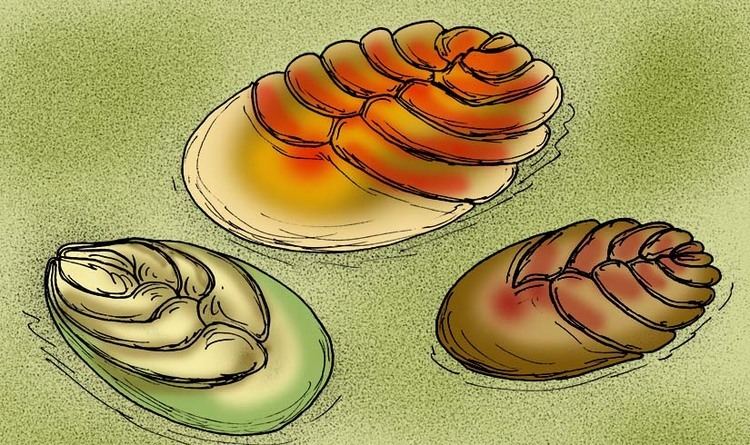Higher classification Vendiidae | Scientific name Vendia Rank Genus | |
 | ||
Family Vendiidae (preliminary name) Similar Praecambridium, Proarticulata, Onega stepanovi, Yorgia, Ovatoscutum | ||
Vendia is a genus of oval-shaped, Ediacaran fossils ranging from 4.5 to 12.5 mm long. The body is completely segmented into isomers, which are arranged alternately in two rows longitudinal to the axis of the body. The larger isomers cover the smaller ones externally but the posterior ends of all the isomers remain free. The transverse elements decrease in size from anterior to posterior and are all inclined in the same direction.
The fossil bears a depression along a body that is interpreted as a digestive-distributive system that consists of a simple axial tube and short lateral appendages located along the borders between the isomers. Except for the first isomer of Vendia rachiata, all the isomers have one lateral appendage.
The first species, V. sokolovi, was originally found in a core from a Yarensk borehole in the south of Arkhangelsk Oblast of Russia in beginning of the 1960s and was described by Boris Keller in 1969.
Three Vendia species have been described with the following differentiating characteristics:
Vendia, Paravendia and probably Karakhtia are members of the Family Vendiidae, Class Vendiamorpha of the extinct Ediacaran (Vendian) animal Phylum Proarticulata. The Charnwood Forest form, Pseudovendia charnwoodensis has been synonymized with the rangeomorph Charnia.
